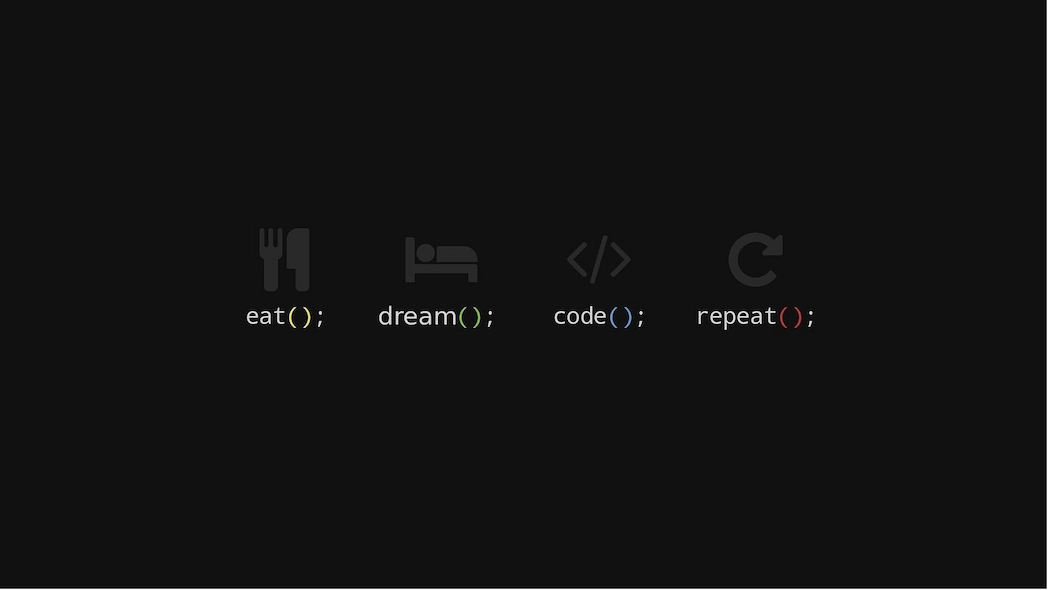


Duplicate Content refers to identical or very similar text appearing on multiple web pages, either within the same website or across different websites. This can happen unintentionally (e.g., due to technical issues) or deliberately (e.g., through content copying). Search engines like Google generally dislike duplicate content because it can harm the user experience and dilute search results.
Internal Duplicate Content: The same content is accessible via multiple URLs on the same website. Example: A page is available with and without "www" or with different URL parameters.
External Duplicate Content: The same content appears on multiple websites. Example: A text is copied from another site, or several websites use the same manufacturer-provided product descriptions.
Avoiding duplicate content is essential to maximize a website's visibility and performance.
A Canonical Link (or "Canonical Tag") is an HTML element used to signal to search engines like Google which URL is the "canonical" or preferred version of a webpage. It helps avoid issues with duplicate content when multiple URLs have similar or identical content.
If a website is accessible through multiple URLs (e.g., with or without "www," with or without parameters), search engines might treat them as separate pages. This can negatively impact rankings because the relevance and authority are spread across multiple URLs.
A canonical link specifies which URL should be treated as the main version.
The canonical tag is added in the <head> section of the HTML code, like this:
<link rel="canonical" href="https://www.example.com/preferred-url" />An online store has the same product available under different URLs:
https://www.store.com/product?color=bluehttps://www.store.com/product?color=redUsing a canonical tag, you can declare https://www.store.com/product as the main URL.
Affiliate marketing is a form of online marketing where businesses (merchants) promote their products or services through partners (affiliates). Affiliates earn a commission when a specific action (like a purchase, signup, or click) is completed as a result of their promotion. It’s a performance-based model that benefits both merchants and affiliates.
CPC stands for Cost per Click, a pricing model in online marketing, particularly for paid advertisements. In this model, advertisers pay a specific amount each time a user clicks on their ad.
A webpage is a digital document that can be accessed via the internet and displayed in a web browser. It is part of a larger entity – a website – and typically contains text, images, videos, links, and other interactive elements.
https://www.example.com/contact.A webpage is delivered by a web server and transmitted to the user's browser via HTTP or HTTPS protocols. The browser interprets the code (HTML, CSS, JavaScript) and renders the page visually.
In short, a webpage is a single document that can be accessed online to deliver information or services. It is an essential component of a website, which consists of multiple such pages.
A backlink is a link from an external website that points to your own website. It’s like a recommendation or reference: when another website links to yours, it signals to search engines that your content might be relevant and trustworthy.
SEO Ranking Factor:
Backlinks are one of the most critical criteria for search engines like Google to determine a website's relevance and authority. The more high-quality backlinks a site has, the better its chances of ranking higher in search results.
Traffic Source:
Backlinks drive direct traffic to your site when users click on the link.
Reputation and Trust:
Links from well-known and trusted websites (e.g., news outlets or industry leaders) boost your site’s credibility.
DoFollow Backlinks:
These pass on "link juice" (link equity), which positively impacts SEO rankings.
NoFollow Backlinks:
These tell search engines not to follow the link. While they have less impact on rankings, they can still drive traffic to your site.
Create High-Quality Content:
Content that is helpful, interesting, or unique often gets linked by other websites.
Write Guest Posts:
Publish articles on other blogs or websites and include links to your own.
Broken Link Building:
Identify broken links on other websites and suggest replacing them with links to your content.
Networking and Collaborations:
Build partnerships with other website owners to exchange or gain backlinks.
SEM stands for Search Engine Marketing, which includes all activities aimed at increasing the visibility of a website in search engines like Google, Bing, or Yahoo. SEM is divided into two main areas:
SEO (Search Engine Optimization):
This involves optimizing a website to achieve better rankings in organic (unpaid) search results. Key aspects include:
SEA (Search Engine Advertising):
This refers to paid advertisements on search engines, such as Google Ads. SEA allows businesses to place ads for specific search queries, often appearing at the top or bottom of the search results page. Typically, a Pay-per-Click (PPC) model is used, where advertisers pay only when someone clicks on the ad.